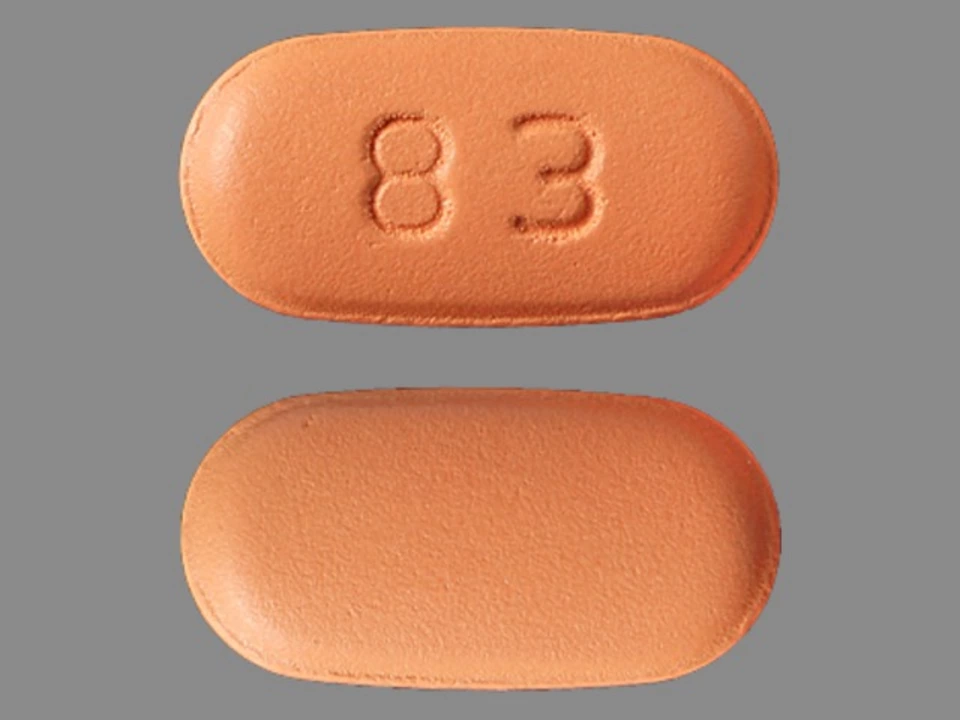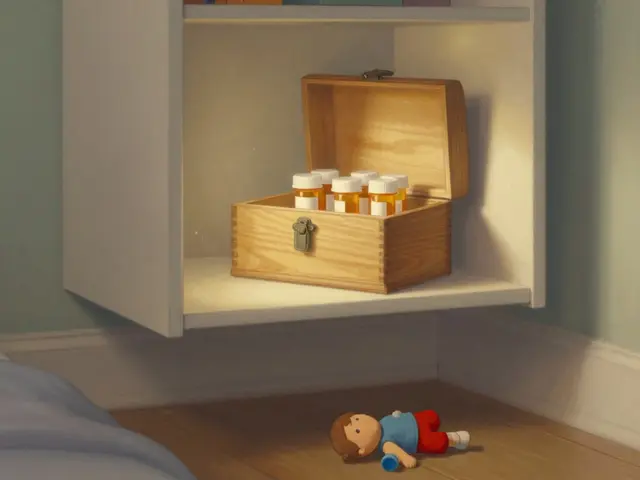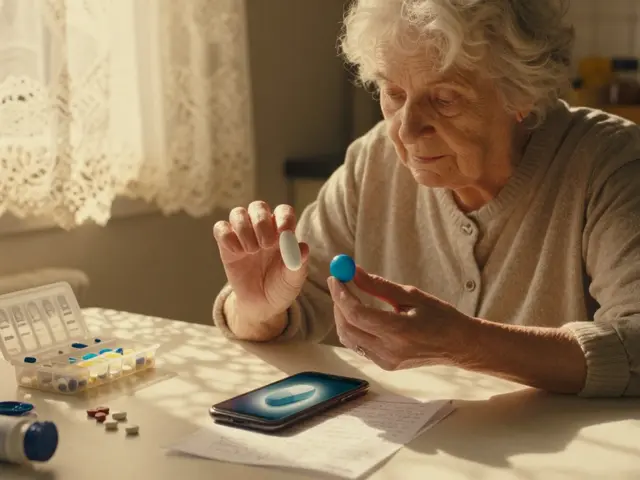Children's Medication: Simple, Practical Safety Tips
Medicines help kids feel better—but they can also cause harm if used the wrong way. Medicines are a common cause of accidental poisoning in children, so a few practical rules can prevent a lot of stress. Below you’ll find clear steps on dosing, storage, buying safely online, and when to get help.
Top pediatric medication safety rules
Always dose by weight when possible. For infants and young children, the right dose is often mg per kilogram, not just age. If your label shows only a teaspoon or age range, call your pediatrician to confirm the exact amount for your child’s weight.
Use the measuring device that comes with the medicine. Kitchen spoons vary wildly; oral syringes or dosing cups give accurate amounts. When medicine comes without a device, buy an oral syringe (marked in mL) from a pharmacy.
Never give adult-strength pills to a child unless directed by a doctor. Crushing tablets, splitting pills, or using adult formulations can change how the drug works. Ask your pharmacist for a pediatric formulation or a safe substitute.
Keep a single list of everything your child is taking—prescription drugs, over-the-counter meds, vitamins, and supplements. Show that list to every clinician or pharmacist. Some cold medicines, herbal products, and supplements can interact with prescription drugs.
Buying, storing, and emergency steps
When buying medicine online, pick licensed pharmacies that require a prescription for prescription-only drugs. Check for a verifiable address, pharmacy license, and clear contact info. If a site sells pediatric controlled drugs without a prescription, walk away.
Store all medicines up and out of sight and reach, ideally in a locked cabinet. Keep medicines in their original containers so labels and dosing instructions are always available. Don’t call medicine candy—this invites accidental ingestion.
If your child swallows the wrong medicine or too much, act fast: note the product name, amount, and time taken. Call your local poison control center or emergency number immediately. In the US, Poison Control is reachable at 1-800-222-1222; look up the number for your country if you’re elsewhere.
Watch for urgent warning signs: trouble breathing, extreme sleepiness or unresponsiveness, seizures, severe rash, or vomiting that won’t stop. These require immediate medical attention. For milder side effects like mild rash, stomach upset, or drowsiness, contact your pediatrician for guidance before stopping a prescribed drug.
Vaccines, antibiotics, and many pediatric meds have age-specific versions and dosing schedules. Use a reliable schedule from your clinic or a trusted health site. If a medication guide or package seems confusing, ask your pharmacist to explain the steps and side effects in plain language.
RxStore-365 publishes clear guides on common drugs, side effects, and safe buying practices. Use our resources to check interactions, read plain-language summaries, and learn which medicines need prescriptions. When in doubt, call your child’s doctor—quick questions often prevent bigger problems.

Levofloxacin in Children: Safety, Dosage, and Potential Side Effects
As a parent, it's crucial to be informed about medications our children might need, and Levofloxacin is no exception. This antibiotic is typically prescribed to treat bacterial infections and has been proven safe for children, but it's essential to follow the recommended dosage for their age and weight. However, like any medication, there may be potential side effects such as nausea, diarrhea, headache, or dizziness. If any severe reactions occur, it's vital to consult a doctor immediately. Overall, Levofloxacin can be a useful treatment for our little ones, but proper care and monitoring are necessary to ensure their safety and wellbeing.
Read More




